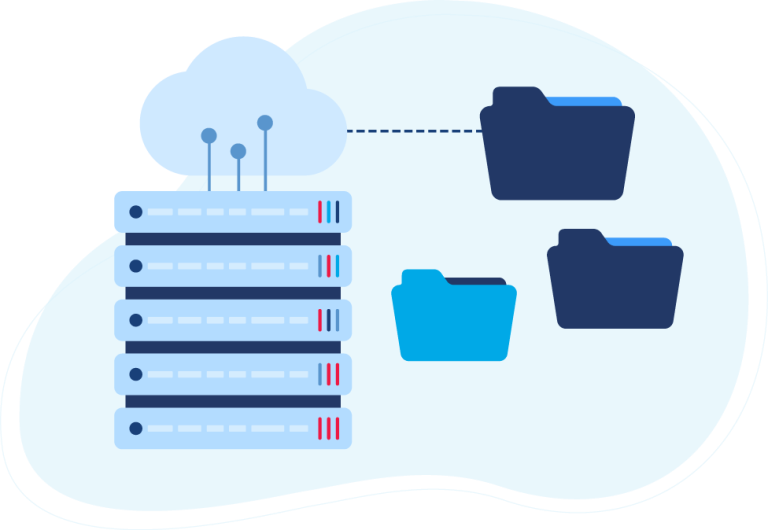The age-old battle that we have seen since the beginning of integration time.
Do I buy or do I build?
It’s amazing the number of companies, mostly SMBs that feel that it’s cheaper to build their own integration middleware platform. In the old days it was building your own EDI solution, today it’s morphed into something bigger and the issues are of course larger. So what happens? The IT guy convinces the boss that he/she can do it all and is much cheaper than the sales guy from the software vendor says they can sell off-the-shelf software for. Bosses are always tempted!
So if you are in this situation, here are a few things to ponder if you are thinking of building your own integration solution versus buying an off-the-shelf product.

1. Opportunity Cost
Why should a company invest resources in building an integration platform? Spending resources on creating an infrastructure that is widely available off the shelf are less valuable than devoting the same resources to projects that provide a noticeable competitive advantage to the business.
Organizations should only spend if they are truly creating a competitive advantage that cannot be bought elsewhere. Otherwise, it’s cheaper to buy. You don’t see companies building their own databases and word processors so why do the same with an integration platform?
Focusing on the opportunity cost is a great way to see through the haze and understand if the investment to build is worth doing. It may take some strategic thinking and time to arrive at the correct answer, but strategic planning is always better than reacting and wasting money.
2. What is the True Investment of Building In-House?
Internal staff often see what they want to see and that creates problems downstream. Why? The initial cost estimates for a DIY integration platform almost never includes long-term maintenance, keeping the code up to date, keeping the bits and pieces current, and ensuring the right people are on staff to maintain the system.
Integration is a specialized business. It is not an easy one or two-man job. Because these costs are not factored into the development costs the true amount that needs to be invested is overlooked.
Building in-house is certainly an option for some businesses that have the internal technical resources, money, and time to get it right. Most companies, in truth, do not. It can be years and tens of thousands of dollars before the failure of the experiment comes to light.

3. Integration Is Not Simple, The Case For A Managed Service.
On the surface, integration looks easy, after all its just data manipulation. The reality is that the problems most companies want to solve with integration are not simple. Humans make decisions and those decision trees and all their exceptions and rules need to be handled by the software.
Creating adapters to move data in and out of your ERP system, or communicating with outside parties may on the surface look relatively simple but the reality is that each will have its idiosyncrasies and issues. If each one has to be built from scratch what is the cost, both in time to go-live as well as the specialized skills needed to build each integration path. If an off-the-shelf product can do it, with configuration why build it?
After strategic planning and researching what is best for your company is to rely on expertise. Companies like VL OMNI do one thing, and we do it well. Knowing a specialty technical exercise like data integration in and out for over 28 years can guarantee you getting the best quality integration services, that takes the stress off your internal teams to focus on what matters to your business, growth, and customer experience across all your platforms.
4. We Only See What We Want To See.
We only see what we want to see. People tend to look at things in isolation – “I need a new EDI system”. Well, EDI is just another data flow.
So, why not stand back and say:
- How does data come into the company?
- How can I integrate that data to make the company more efficient?
The same is true in the build versus buy debate – If you look at a single integration and say, yes, I can build it, what happens when the next one comes along that is more complex, more sophisticated – you end up with unmanageable code and a poorly designed system.
At the end of the day in the vast majority of cases, the only solution that is cost-effective is the one that is based on a commercially available product or hosted service that can be configured easily and quickly. VL OMNI is a leading provider of fully managed integration services that powers eCommerce, B2B, and EDI integrations for unlimited applications
We handle integration projects from initial design and implementation of a solution to maintenance and new partner onboarding. Let us meet your enterprise integration needs so you can focus on scaling your business and creating exceptional customer experiences.
 D365 Business Central
D365 Business Central Netsuite
Netsuite


